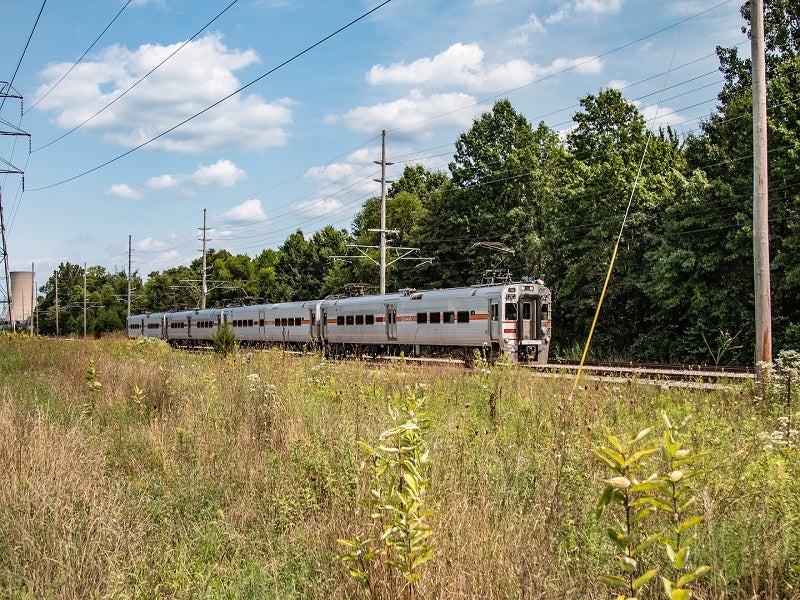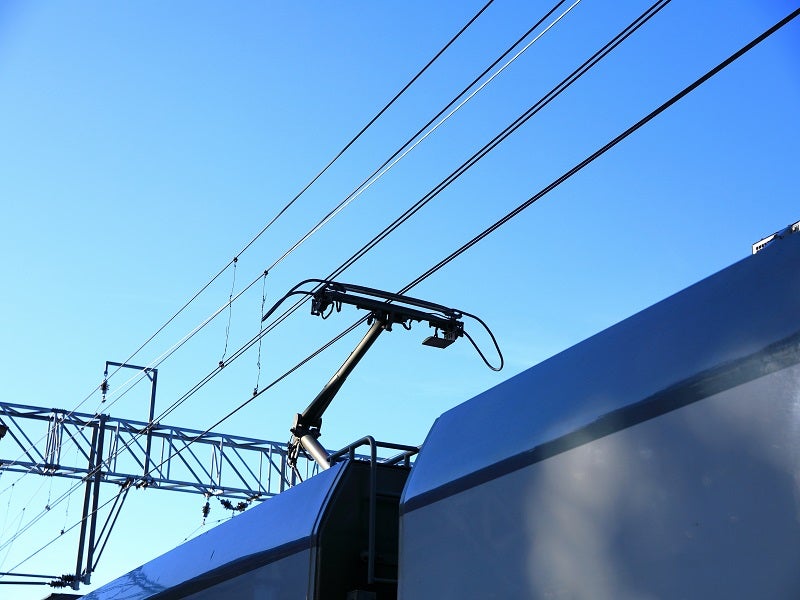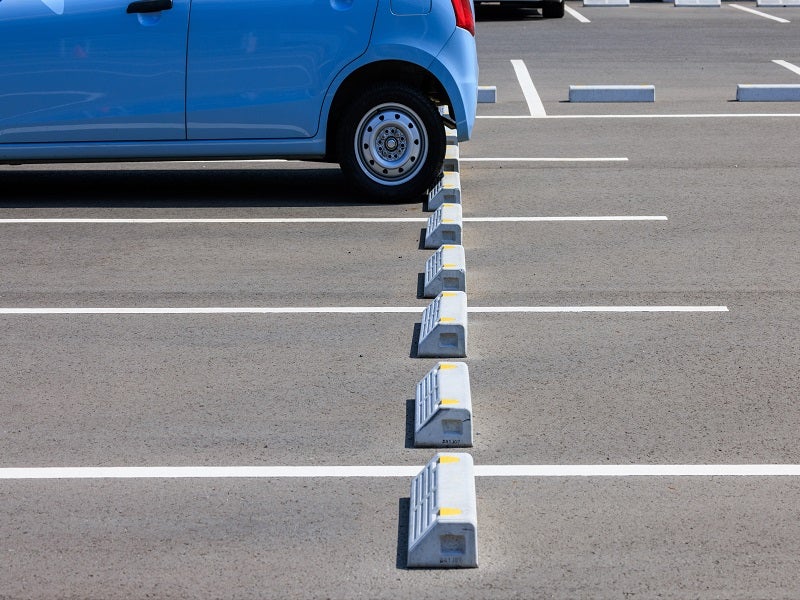The Double Track Northwest Indiana (DT-NWI) project involved laying a 42.8km-long second track alongside the existing single-track route of the South Shore Line commuter rail service between Gary and Michigan City in Indiana, US.
The DT-NWI project was undertaken by the Northern Indiana Commuter Transportation District (NICTD), the operator of the South Shore Line, a vital transportation link between Northwest Indiana and Chicago.
Construction work on the $650m project commenced in March 2022. The project became operational in May 2024.
The DT-NWI project enabled 14 additional weekday trains to be introduced on the South Shore Line and reduced the travel time between Michigan City and Chicago from one hour 40 minutes to 67 minutes.
Double Track Northwest Indiana project details
The DT-NWI project entailed the development of a 42.8km second track on a stretch of the South Shore Line, which traverses Lake, Porter, and La Porte Counties, including the communities of Gary, Portage, Ogden Dunes, Dune Acres, Beverly Shores, Pines, and Michigan City in Indiana.
The project also encompassed the installation of an overhead power system and the building of a 3.2km street-running railway line.
In addition, enhancements were carried out for five train stations, 13 at-grade road / rail crossings were removed and 1,475 new parking spaces were created. Moreover, the project included the integration of automatic warning systems, featuring bells, gates, and flashing lights.
The project also reduced train interference and improved the safety of the line by moving street-running tracks in Michigan City.
The developments in Michigan City encompassed the laying of two new tracks from Sheridan Avenue to Michigan Boulevard. The project repurposed 12.7km of existing active passing sidings as the second main track, mitigating the project’s scope and expense.
Station and platform upgrades in DT-NWI project
The project entailed the construction of the Gary/Miller Station, which now boasts two new high-level platforms capable of accommodating six-car trains, one storage track for eight cars, another for four cars, and an additional 519 parking spaces, culminating in a total of 767 spaces.
At the St Portage/Ogden Dunes Station, a new high-level platform for six-car trains on the south side of the tracks was developed and an additional 327 parking spots were created, increasing the total to 557.
The Dune Park station was upgraded to include a second boarding platform, the realignment of the Calumet Trail beneath the State Route (SR) 49 bridge, and expanded parking facilities.
Improvements at the Beverly Shores Station encompassed the installation of two new low-level platforms, each accommodating four-car trains.
The refurbishment of the 11th Street station in Michigan City involved the removal of street-running railway tracks embedded in 10th and 11th Streets and two new tracks along 11th Street. It also included the construction of two new tracks to the south of the 10th Street right-of-way (ROW) from Sheridan Avenue to the Amtrak crossing near Chicago Street.
A high-level platform for four-car trains, another for eight-car trains, a new station house with an adjoining parking structure offering 437 extra spaces, and a new surface parking area with 108 additional spaces were also added. Furthermore, 11th Street has been converted to one-way traffic for vehicles.
High-level platform access compliant with the American Disabilities Act (ADA) was introduced at the 11th St, Portage/Ogden Dunes, and Miller train stations.
Financing details
The project was allocated $50.6m by the US Federal Transit Administration (FTA) in August 2020, as a part of the FTA’s Capital Investment Grants (CIG) programme. The project has received approximately $173m in total federal funding through the CIG programme, supplemented by an additional $24m from the American Rescue Plan.
In December 2022, the US Department of Transportation, through its Build America Bureau, provided a Railroad Rehabilitation and Improvement Financing (RRIF) loan of $27.5m.
The state of Indiana pledged more than $340m towards the project, with over $80m contributed by local entities. Furthermore, the NICTD internally committed up to $30m in funding.
Contractors involved
The Walsh/Herzog joint venture was engaged for the construction of a second track along the project’s length, as well as four additional bridges. The company subcontracted C3M and joint venture partner Clark Construction to demolish, reconfigure, and install the rail system’s new overhead catenary system (OCS).
Larson Danielson Construction was awarded the contract for the integration of the 11th Street South Shore Line station into a new station building and parking structure. The company was also engaged in the construction of a new parking lot at the Portage/Ogden Dunes station.
Hasse Construction was awarded the contract for the construction of a new station house and parking spaces at the Gary-Miller station.
Rieth-Riley, an asphalt and concrete works company, was granted the construction contract for an east parking lot expansion at the Dune Park Station.
Xorail, a platform connectivity services provider, was awarded the contract to supply the Positive Train Control technology for the extended line.
Engineering company HDR was tasked with the preliminary designs for tracks, bridges, and stations. The company also facilitated an environmental assessment for the project and was responsible for environmental monitoring, quality and safety supervision, and reporting to the FTA.
Consulting, construction engineering and operating company Egis delivered real estate and demolition services for the DT-NWI and West Lake Corridor project of NICTD.




